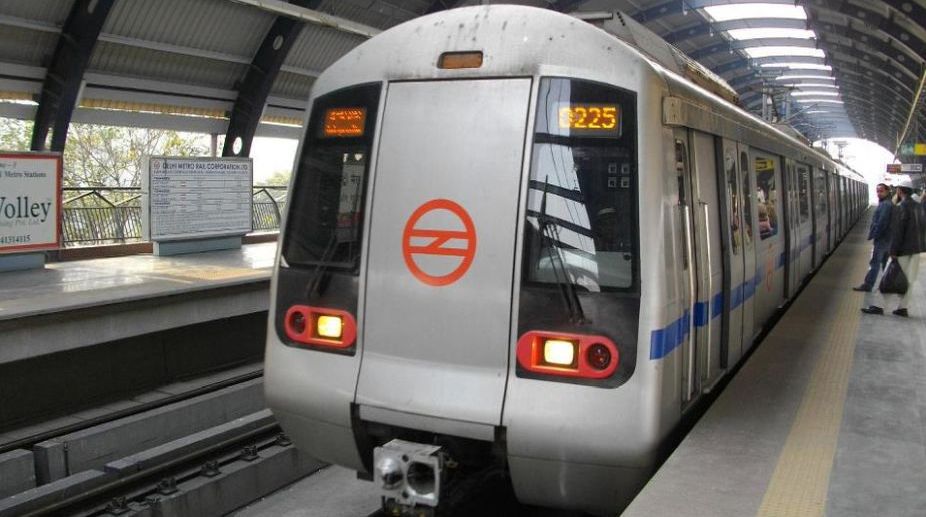106 shuttle buses, 60 more Metro trips to combat air pollution in Delhi
The decision came during a high-level meeting Rai held with the officials on the implementation of GRAP-III restrictions in the city.

Delhi Metro (Photo: Facebook)
Clarifying about the reported drop in ridership of commuters in the month of October, the Delhi Metro on Friday said the loss cannot solely be attributed to the fare hike in that month.
“The drop in ridership in the month of October 2017 is not solely attributable to increase in fares as there are otherwise monthly variations noted throughout the year,” the Delhi Metro Rail Corporation (DMRC) said in a statement.
Also Read: Fare hike costs Delhi Metro 3 lakh commuters per day
Advertisement
“In the month of October, there were five Sundays in comparison to September which had four,” it said, adding that on Sundays the occupancy remains at 60-70 per cent of the traffic on weekdays and that the ridership depends on various factors like seasons, vacations, holidays, festivals etc.
The transporter said that a similar loss of ridership was witnessed last year also — of 1.3 lakh — between the months of September and October despite there being no fare hike.
About the immediate aftermath of the fare hike, it added: “The ridership after the fare revision for many days was actually higher than the ridership before the fare revision.”
It added that the month of November has seen a rising trend in the number of passengers.
A section of the media on Friday reported a decline of about 11 per cent in average daily ridership in October — the month of the second of the hikes done in two parts, the first having been implemented in May this year. Both hikes together led to a doubling of the Metro fares.
The media reported an average loss of about three lakh riders daily in the month of October — down to 24.2 lakh from an average daily ridership of 27.4 lakh across the network. The information was received from the DMRC through an RTI.
Advertisement